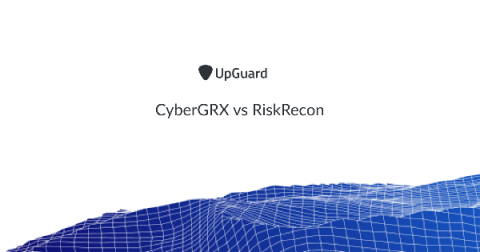Weekly Cyber Security News 3/4/2020
A selection of this week’s more interesting vulnerability disclosures and cyber security news. For a daily selection see our twitter feed at #ionCube24. In these strange times certain platforms have gained increased popularity, Zoom being one appears to have attracted a lot of attention and not just from it’s users. Both sides of infosec have taken a bite. The news appears to be changing rapidly as Zoom react and deal with it. What is really true about the claims?











